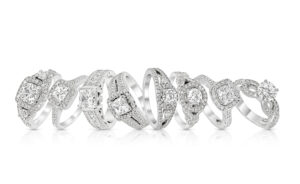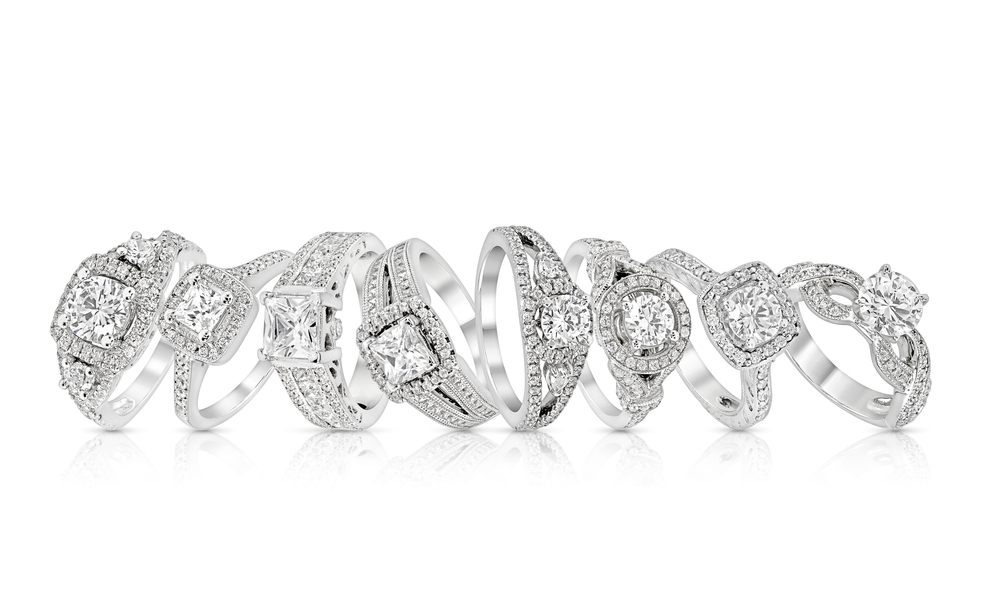
A diamond is one of the three pure carbon crystalline forms and is the hardest naturally occurring substance. The crystal structure of diamond is diamond cubic. As we all know, diamonds are used in jewelry like engagement rings, pendants, etc.
What Are Lab-Grown Diamonds?
Using advanced technology, we can simulate the natural diamond growing process. The diamond thus produced in a lab is known as lab-grown diamond. It has the same properties as a naturally occurring diamond, both physical and chemical. Lab-grown diamonds are environment friendly as their production does not require mining. Moreover, lab-grown diamonds are less expensive when compared to natural diamonds.
Making of Lab-grown Diamonds
There are mainly two processes for preparing lab-grown diamonds. They are High Pressure-High Temperature (HPHT) and Chemical Vapor Deposition (CVD) processes.
HPHT Process
For preparing HPHT diamonds, an environment with high temperature and high pressure is required. HPHT method of diamond making dates back to 1950. Initially, a small diamond seed is placed in carbon. Then the seed is pressurized to 1.5 million pounds/ sq.inch and heated to a temperature of 1500° Celsius. The carbon that envelops the diamond seed melts and diamond start to form around the seed. After this process, controlled cooling is initiated. A rough diamond is obtained after this process. Different processes like cutting and polishing are done on the rough diamond to make it a piece of jewelry.
HPHT process can be used to enhance the color of natural diamonds. Only natural diamonds with a clarity grade greater than VS2 can undergo the HPHT process. Diamonds with a clarity grade less than VS2 have many imperfections within them. So these diamonds will break under the intense temperature and pressure of the HPHT process. The HPHT color enhancement is permanent.
CVD Process

A thin slice of diamond seed is kept in a vacuum chamber and a gas that has a high number of carbon atoms is filled in this chamber. Then the chamber is heated to a temperature over 1000° Celsius. The gas around the seed is ionized and it turns into plasma. The plasma has pure carbon and this pure carbon sticks to the diamond seed and is allowed to cool down. Crystallization occurs around the seed making the diamond grow.
Diamonds grown using the CVD technique are flawless and perfect when compared to diamonds that are grown using HPHT technique. The CVD technique of diamond growing is expensive when compared to HPHT technique.
